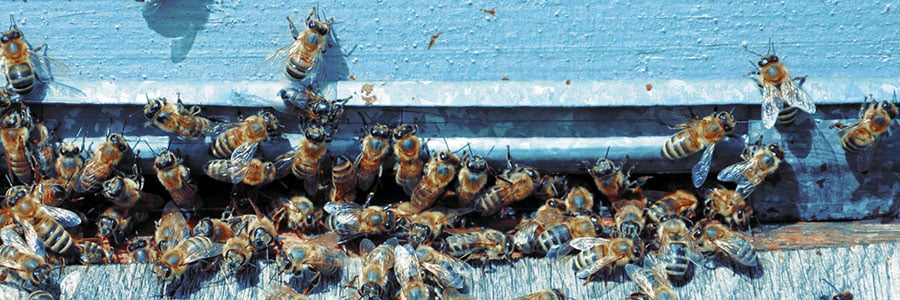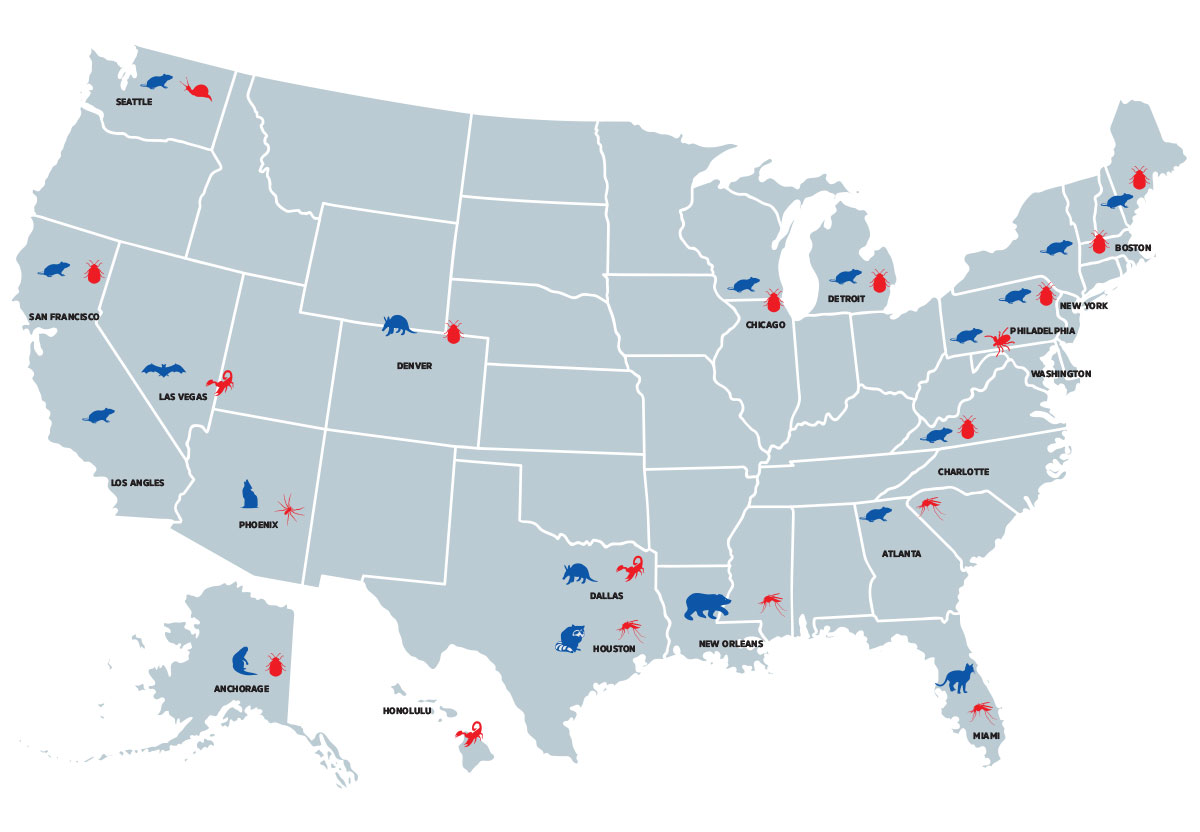Does RetroFoam Work as a Pest Control Insulation?


You can hear the sound coming from your walls -- the scratching and skittering of pests making themselves at home.
You didn’t invite these interlopers into your home, but lo and behold, here they are.
Whether they are rodents or insects, pests are looking for a comfortable place to live but aren’t willing to pay any kind of rent. They also have little to no regard for not making a mess in your home.
About 14 million of the 124 million occupied housing units in the U.S. reported seeing roaches in their homes over the past 12 months. Nearly 14.8 million reported seeing either mice or rats, according to the U.S. Census Bureau.
Depending on where you live, you could see a variety of creatures living in your home.
You might find more mice, squirrels, raccoons, bats, spiders, and roaches on the east coast and midwest. But in the south and on the west coast, you will see pests like scorpions, snakes, termites, spiders the size of a fist, and bats.

The list could go on, but it’s making me uncomfortable. How do these pests get in, and what makes your home so inviting?
Homes with structural issues such as cracked walls, cracked foundations, broken windows, and air leaks are ideal places for pests to live. That’s because these openings serve as an open door for them to move right in and make themselves at home
Another factor is the kind of insulation in your walls and other areas of your home. Fiberglass and cellulose serve as excellent bedding materials for a variety of critters.
So, does foam insulation keep mice out? Will it keep those creepy crawly insects out as well? Let’s jump right into if RetroFoam insulation can help.
Is RetroFoam a Rodent-Resistant Insulation?
The quick answer to this is yes, but not in the way you’re thinking.
There isn’t any kind of additive in RetroFoam insulation that makes it a rodent-resistant insulation. It’s more that, unlike traditional insulation, injection foam isn’t an inviting material.
While it’s not inviting, mice, bats, rats, and other critters can chew through wood to get inside your home, so it stands to reason that they can also chew through the foam.
The RetroFoam works more as a deterrent in that it is blocking the air leaks those rodents are looking for in the walls. More on that in just a bit.
Mice in insulation can be a real problem because they can carry diseases in their feces and urine. Fiberglass and cellulose retain moisture and allergens, which means these materials can also retain those mouse leavings. It’s a gross thought, but something to keep in mind if you have any kind of infestation.
Is RetroFoam an Insect Repellent Insulation?
Much like RetroFoam isn’t necessarily a rodent-proof insulation, it also isn’t an insect repellent insulation.
RetroFoam doesn’t contain any chemicals that will repel insects from getting into your walls. But, it also isn’t a material that those bugs consider a desirable home.
So, what kind of bugs are in old insulation?
You might find creepy crawlies in your walls like fleas, ticks, bed bugs, ladybugs, stink bugs, boxelders, and cockroaches. The old insulation serves as a food source and nesting material that pests just can’t resist.
RetroFoam insulation isn’t inviting to these bugs because they can’t really eat it or move through it.
How to Get Pests Out of Walls
First and foremost, before you add insulation to your walls or anywhere else in your home, you need to handle the existing pest problem.
Your best bet if you have a more extensive infestation is to call in the professionals. An exterminator can get those rodents and bugs out of your walls and house so you don’t have to worry about it.
Once those pests are given the boot, you’re going to want to make sure there aren’t any openings for them to get in through again. Seal up those openings and cracks in your walls, roof, and foundation so they can’t find their way in.
If those critters can’t feel and seek out those openings, then they’ll move on and be someone else’s problem.
Why Insulation is Important for Pest Control
Adding insulation to your walls that creates an air seal is a great way to keep those unwanted guests out of your home.
When mice and other pests are trying to find a new home, they will move around the outside of the house looking for air leaks. Those air leaks are indicative of a place to get in for them.
That’s why creating an air seal and sealing up all of those cracks and holes is so essential to keep those pests out. RetroFoam in your walls will create that air seal, but what about the rest of your home?
Like I said above, if you notice cracks or holes in your roof or foundation, it’s important to close those up, or you’ll be right back where you started.
If you’d like to learn more about some of the other benefits of RetroFoam insulation, check out the Learning Center on our website.
Related Articles
Everything You Need to Know About Termites in Foam Insulation
Ten Home Problems That May Warrant Adding RetroFoam Insulation to Exterior Walls
About Amanda Emery
Amanda previously has worked as a breaking news and crime reporter, TV news producer, and editor. As a journalist, she has won several awards from The Society of Professional Journalists - Detroit Chapter and the Michigan Press Association. Amanda uses her experience as a journalist to write content that will help educate homeowners on foam insulation benefits. When Amanda isn’t writing, she’s spending time with her husband Chris, daughter Lilith-Maeve, and rescued huskies Danger and Wendigo. She also loves knitting, making art, and cooking.


